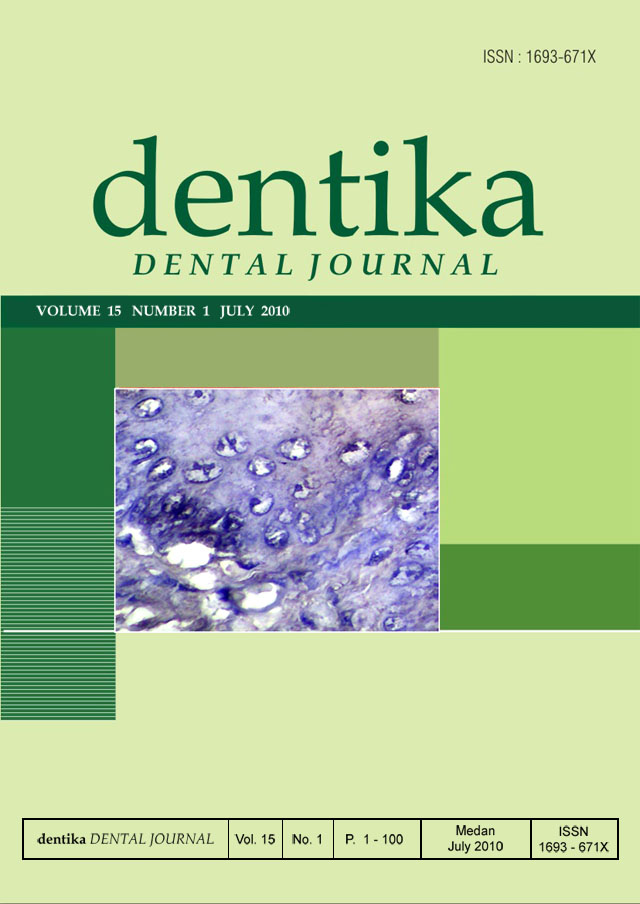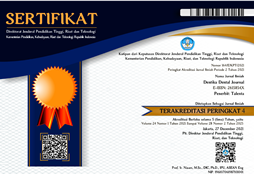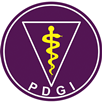PENANGANAN PENDERITA APNEA TIDUR DAN KEBIASAAN MENDENGKUR
MANAGEMENT OF SLEEP APNEA SYNDROME AND SNORING HABIT
DOI:
https://doi.org/10.32734/dentika.v15i1.1696Keywords:
sleep apnea, polysomnography, continuous positive airway pressureAbstract
Sleep apnea syndrome (SAS), a common disorder, is characterized by repetitive episodes of cessation of breathing during sleep, resulting in hypoxemia and sleep disruption. The consequences of the abnormal breathing during sleep include daytime sleepiness, neurocognitive dysfunction, development of cardiovascular disorders, metabolic dysfunction, and impaired quality of life. There are three types of SA: obstructive sleep apnea (OSA), central sleep apnea (CSA) and mixed sleep apnea (MSA). OSA is a prevalent disorder in which there are snoring, repetitive apneic episodes, and daytime sleepiness. The diagnosis of SA includes assessment of subjective symptoms and apneic episodes during sleep documented by polysomnography. Treatments of OSA include continuous positive airway pressure (CPAP), oral appliance, and surgery; patients with CSAS are treated with oxygen, adaptive servo-ventilation, or CPAP. With assessment and treatment of the SA, patients usually have resolution of their disabling symptoms, subsequently resulting in improved quality of life. As conclusion, the succesful treatment depends on the choice of treatment either surgery or non surgery by patient. Early examination and risk that maybe occure is very important to inform before treatment is performed.


















